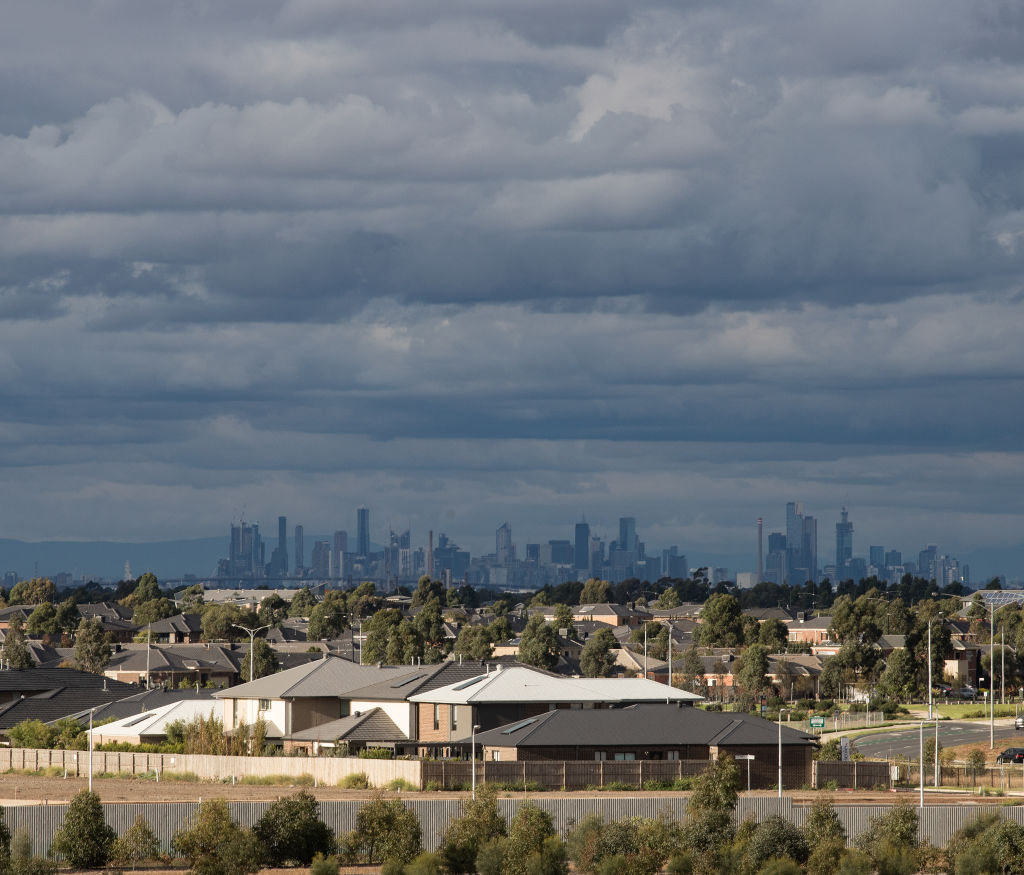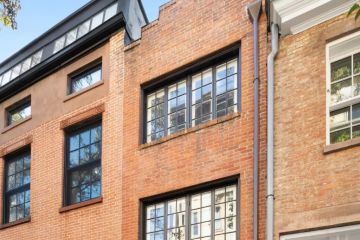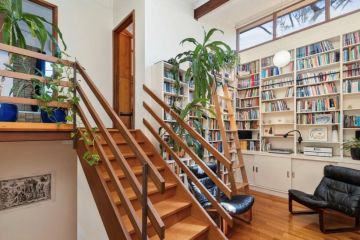This is how much money the government is giving first-home buyers to buy or build new, state by state

First-home buyers in every state of Australia already had cash incentives to build or buy a new home but last week the stakes got considerably higher.
When the federal government revealed its $25,000 HomeBuilder grant in a bid to boost the economy, throwing a lifeline to the home construction industry, it wasn’t designed to be used in isolation.
That $25,000 can be accessed on top of any existing grants or exemptions and, while these differ state by state, these grants could be a game-changer, says Damien Ross, general sales manager at QM Properties.
“For some first-home buyers, this will be their only opportunity to get into the market. Saving this kind of money takes most people years,” he said.
On Sunday came the news that first-home buyers in Western Australia could receive $55,000 in government assistance if they build a new home, thanks to a bonus $20,000 that the state government is going to tip in on top of HomeBuilder.
Those in Queensland and South Australia can claim $40,000, Northern Territorians can get up to a whopping $55,000 and Tasmanians $45,000.
In Victoria, first-home buyers can access at least $35,000, and up to $45,000 if they’re building a new home in a regional area.
Unfortunately, first-home buyers in the ACT and NSW — and particularly those in Sydney with its $1.16 million median house price — will get the least amount of help.
First-home buyers in the ACT can only get $25,000 but are exempt from paying stamp duty on all properties, while those in NSW can get up to $35,000.
“The grant will definitely provide some boost to the construction industry but there are a lot of restrictions and in some cases, they’ll mean it’s just too hard (to access),” said Domain economist Trent Wiltshire.
But for first-home buyers in those states with bigger grants available and moreover, lower property prices, the grants would make all the difference, Mr Ross said, noting that in some cases the funds would cover more than 10 per cent of their deposit.
“We’re doing house-and-land packages in that sweet spot between $350,000 to $400,000 and $40,000 in grants covers more than 10 per cent,” he said.
“This is the best opportunity I’ve seen since being in land development and will mean the difference between getting a house or not getting a house for a lot of young people.”
NSW – $35,000
On top of the new HomeBuilder grant of $25,000, NSW first-home buyers already have access to a $10,000 grant for new properties costing less than $600,000 and owner-builder/building contracts worth less than $700,000.
If you’re buying land to build a new home, the total price – including the land and home – must be no more than $750,000.
There is also no stamp duty payable on property under $650,000, or vacant land under $350,000, while properties between $650,000 to $800,000, or vacant land between $350,000 to $450,000 get discounted stamp duty.
That’s a saving of up to $24,740 on a $650,000 home.
Victoria – up to $45,000
Victorians already had a $10,000 grant available for new first homes, and $20,000 for new homes built in regional areas, valued at $750,000 or less. They also don’t pay stamp duty on property under $600,000, with discounted stamp duty applying on property between $600,000 to $750,000.
That’s a saving of up to $31,070 for a home worth $600,000.
First-home buyers building or buying a property in regional Victoria can claim $45,000, while those buying closer into Melbourne will receive $35,000.
Queensland – $40,000
Queensland first-home buyers already got $15,000 towards buying or building a new house, unit or townhouse valued at less than $750,000. With the federal government’s HomeBuilder scheme, that will take the total available to claim to $40,000.
Queenslanders also don’t pay transfer (stamp) duty on homes costing less than $500,000, and a discounted rate up to $550,000. That translates to a saving of $15,925 on a home under $550,000.
Western Australia – $55,000
First-home buyers in Western Australia already had access to $10,000 to put towards the cost of building or buying a new home, but the past week has seen their incentives go next level.
On Sunday the state government announced it would spot home buyers a bonus $20,000 for new residential builds on top of the $25,000 already offered by the HomeBuilder scheme.
For first-home buyers, that takes the total cash pool to $55,000 – and that’s before the stamp duty concessions.
Based on a purchase of $430,000, a first-home buyer would save $14,440 in stamp duty.
ACT – $25,000
Despite the ACT receiving the least amount of help, all ACT first-home buyers are exempt from paying stamp duty on all properties under a concession scheme which applies to new and established homes as well as vacant land, and at any price, as long as the buyer earns less than $160,000.
Prior to the scheme, ACT first-home buyers had $7000 available to them, but the grant was scrapped to make way for stamp duty abolition.
Tasmania – $45,000
Tasmanian first-home buyers were already eligible for a $20,000 grant from their state government. This applied to any new property, of any value.
Tasmania provides a 50 per cent stamp duty discount on properties below 400,000, which equates to a saving of nearly $7000.
South Australia – $40,000
A grant of $15,000 is already available for new properties valued at less than $575,000, so the HomeBuilder grant will take the total for South Australian first-home buyers to $40,000.
All first-home buyers pay some stamp duty in South Australia, although there is an off-the-plan stamp duty concession available of up to $21,330 on properties under $500,000.
Northern Territory – up to $55,000
A number of grants are available in the NT, as outlined on the Home Owners Assistance web page, but they include a $10,000 grant for first-home buyers, as well as a BuildBonus grant of $20,000.
Any home owner is eligible for BuildBonus but it is limited to the first 600 applications.
There is also a discount on stamp duty that could get first-home buyers up to $18,601 off the cost of stamp duty, as well as a scheme that gives them up to $2000 towards the cost of household goods.
Not including the stamp duty exemptions or the household goods grant, first-home buyers in the NT could get up to $55,000 in cash incentives once the new HomeBuilder grant is factored in.
We recommend
States
Capital Cities
Capital Cities - Rentals
Popular Areas
Allhomes
More







